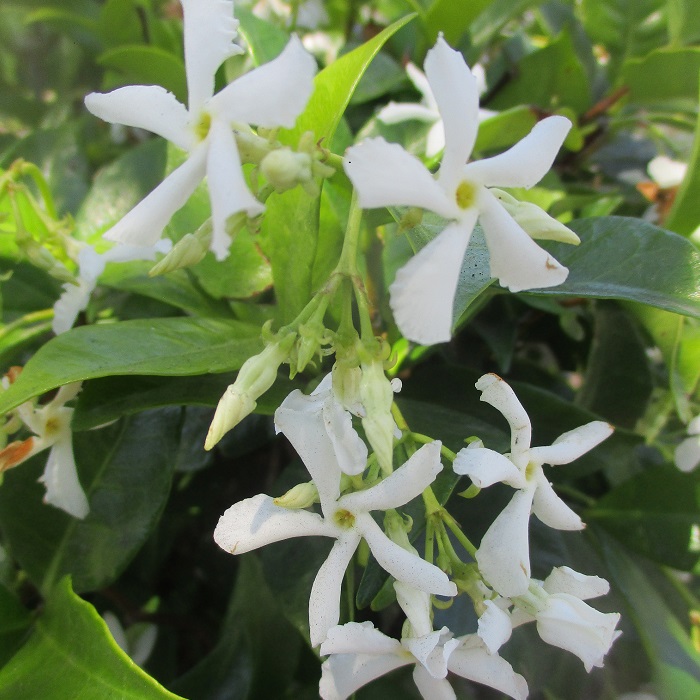UNITED STATES—Most flowers rely on wind for dispersion of their pollen. The remainder do what they must to attract pollinators. Of these, the majority are visually appealing. They utilize color, form and texture. Some prefer to be more olfactorily appealing instead. They utilize fragrance. Some get creative with a combination of both tactics. They are both fragrant and colorful.
Flowers that are both fragrant and colorful are uncommon only because each tactic uses resources. Concentration of effort into one method of appeal or another is more efficient. Diversification generally occurs among flowers that must compete for pollination within a very diverse ecosystem. Otherwise, most fragrant flowers prefer selective specialization.
Consequently, most of the most fragrant flowers are not remarkably colorful. In fact, some are visually mundane. Where they mingle with more prominent bloom, the more visually evident flowers are likely to get credit for ambient aroma. Although many fragrant flowers are bright white, many more are uninterestingly pallid white. Some can be difficult to find.
All flowers are uniquely specialized.
They are no less specialized than more colorful flowers, though. Dispersion of fragrance coincides with pollinating activity of preferable pollinators. It is no coincidence that many fragrant flowers are most fragrant in the evening or night for nocturnal pollinators who do not pursue color. Some pollinators may appreciate minor ultraviolet or infrared markings.
Also, fragrant flowers customize their fragrances for their favorite pollinators. That is why floral fragrances are so distinctive. Hummingbirds and most insects prefer rich fragrance during the day. Bats and nocturnal moths prefer sweeter fragrances of nocturnal flowers. Humidity and warmth enhance the activity of most pollinators, as well as floral fragrance.
Fragrant spring bulbs, wisteria, lilac, mock orange and pink jasmine finished blooming in spring. Star jasmine, night blooming jasmine and various pittosporum should continue to bloom sporadically and fragrantly as long as the weather is warm. Sweet osmanthus and sweet box are a bit less fragrant. Gardenia, although finicky, is famously overtly fragrant!
Highlight: Star Jasmine
This jasmine is quite a star. However, this star is technically not a jasmine. Star jasmine, Trachelospermum jasminoides, is instead related to mandevilla and oleander. For many years, it has been one of the most popular vines for home gardens as well as large scale landscapes. It works well either as a ground cover, or as a relatively docile climbing vine.
As ground cover, star jasmine gets about two feet deep. It will be lower and more refined with shearing, but will likely bloom less. It tries to climb shrubbery and trees, so will need exclusionary pruning. However, on a chain link fence, star jasmine works splendidly as a shorn faux hedge. It grows fast to more than 10 feet high, but can get significantly higher.
The richly fragrant bloom is most profuse about now, and can continue sporadically until autumn. The inch wide and bright white flowers are shaped like stars, and hang in small clusters. After bloom, the distinctly glossy and dark green evergreen foliage is handsome alone. Individual leaves are a bit longer than two inches and a bit broader than one inch.
Horticulturist Tony Tomeo can be contacted at tonytomeo.com.






